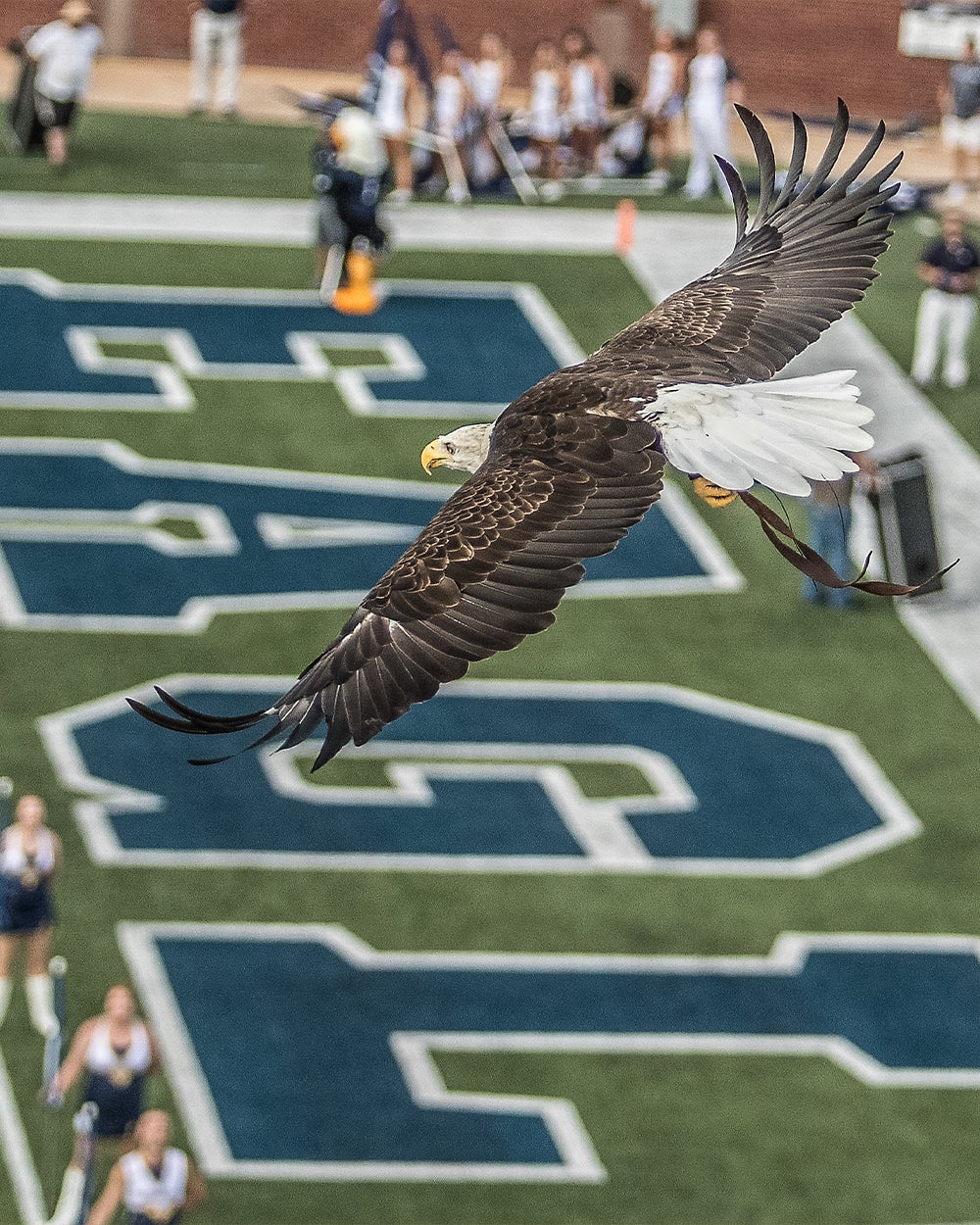Dr. Lance McBrayer Allen E. Paulson College of Science and Technology
Armed with photocells, force transducers and high speed video cameras, Lance McBrayer visits field sites in Florida, Oregon and Namibia in southern Africa to study how lizards interact with the environment. McBrayer has a handful of graduate students pursuing Masters of Science in biology degrees in his lab, and they too learn more about the ecology and evolution of the fascinating little animals.
“I have been keenly interested in lizards since working for a lizard biologist in college,” said McBrayer, an associate professor who got his masters at Buffalo State University and his Ph.D. from Ohio University.Seven students have already graduated from his program at Georgia Southern, and three are currently researching a variety of topics on lizard locomotion and ecology.
McBrayer has a pair of custom-built racetracks for collecting data on lizards’ sprint speed. Among other things, McBrayer and his students are studying why some species alternate between running on two feet (bipedal) and four feet (quadrupedal). Because traits like sprint speed or bite force are linked to the mating success of most species, McBrayer also studies how these traits evolve among groups of species in the deserts of Namibia and southeastern Oregon.
McBrayer is also the curator of the Georgia Southern University & Savannah Science Museum Herpetology Collection. The on-campus research collection is home to roughly 37,000 specimens, mostly from the southeast region of Georgia and South Carolina. It is the second-largest collection of herpetofauna in Georgia.
“Each specimen has between 10 and 20 pieces of data that go with it,” said McBrayer. “All of that data has been digitized -typed in by undergraduates, my mom, all kinds of people have helped with the initiative – into a digital database that manages this kind of information. This database will be shared online and is searchable through a special portal (VertNet) that combines data from many collections. There are hundreds of museum collections around the world, and thus if a user from anywhere in the world types in the name of any specimen we have into the portal, our data will be accessible to that user for free. Joining an international database like this one should bring excellent exposure to our unique and valuable herpetology collection.”
Posted in Archive, Press Releases

